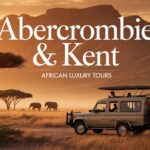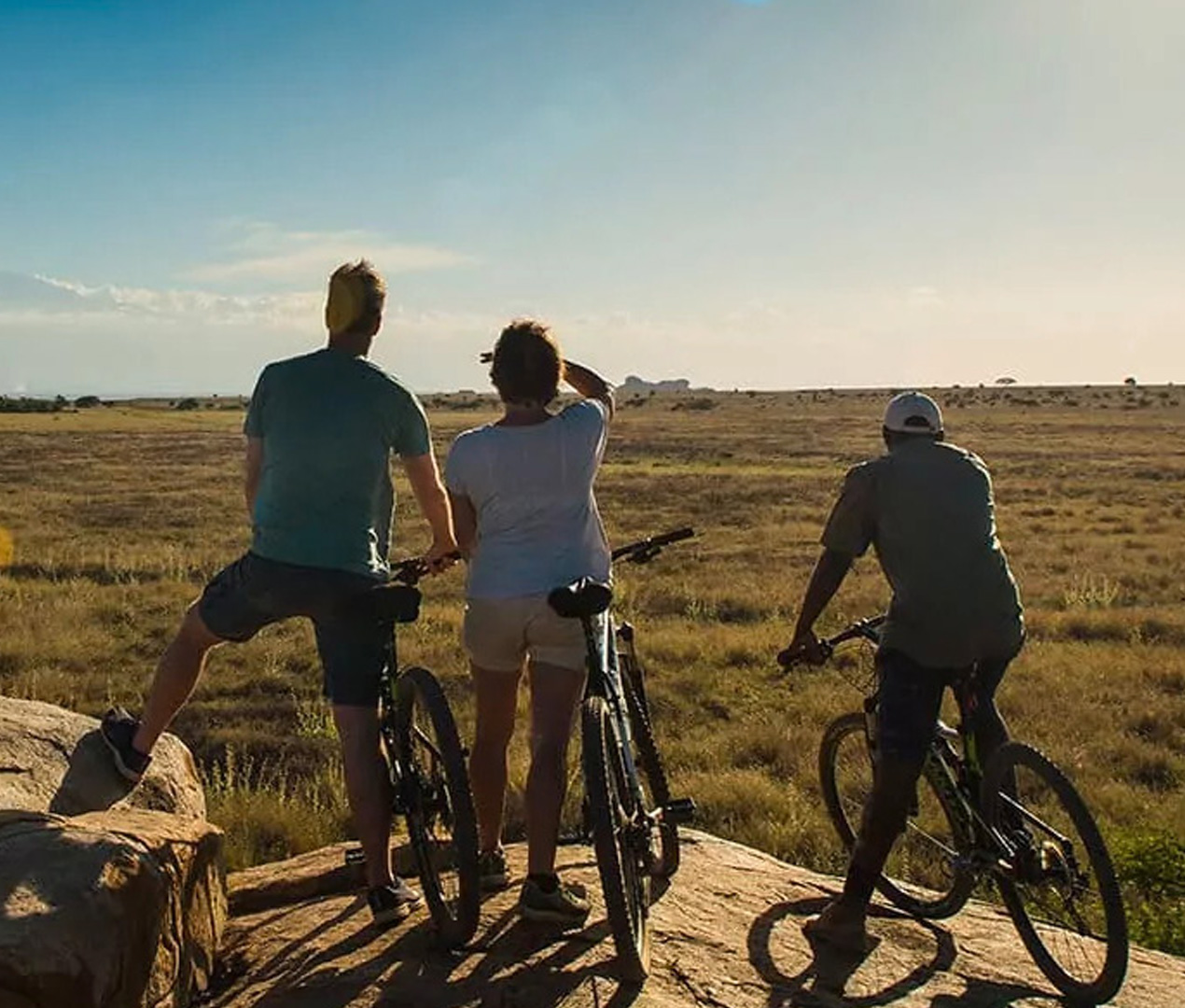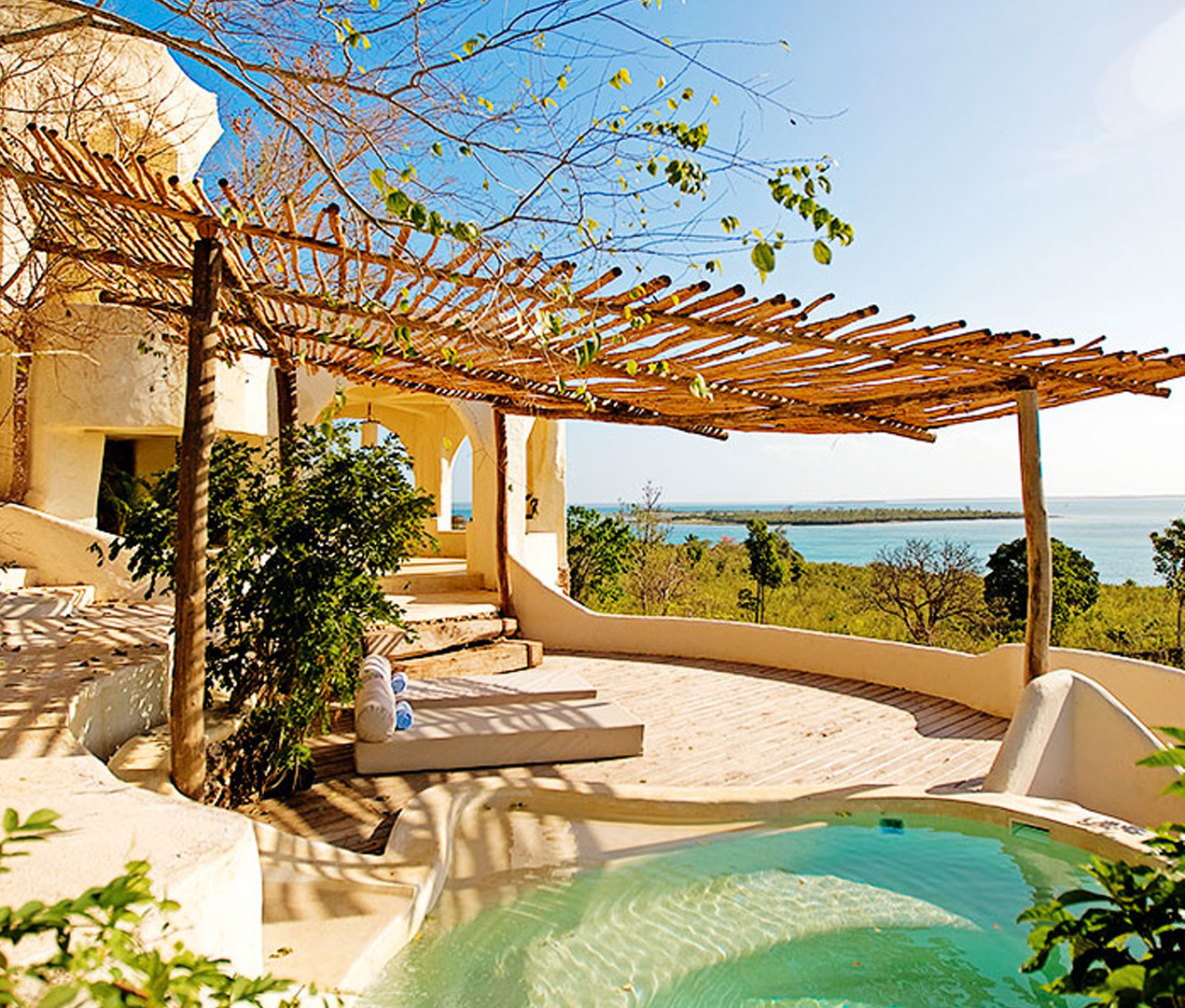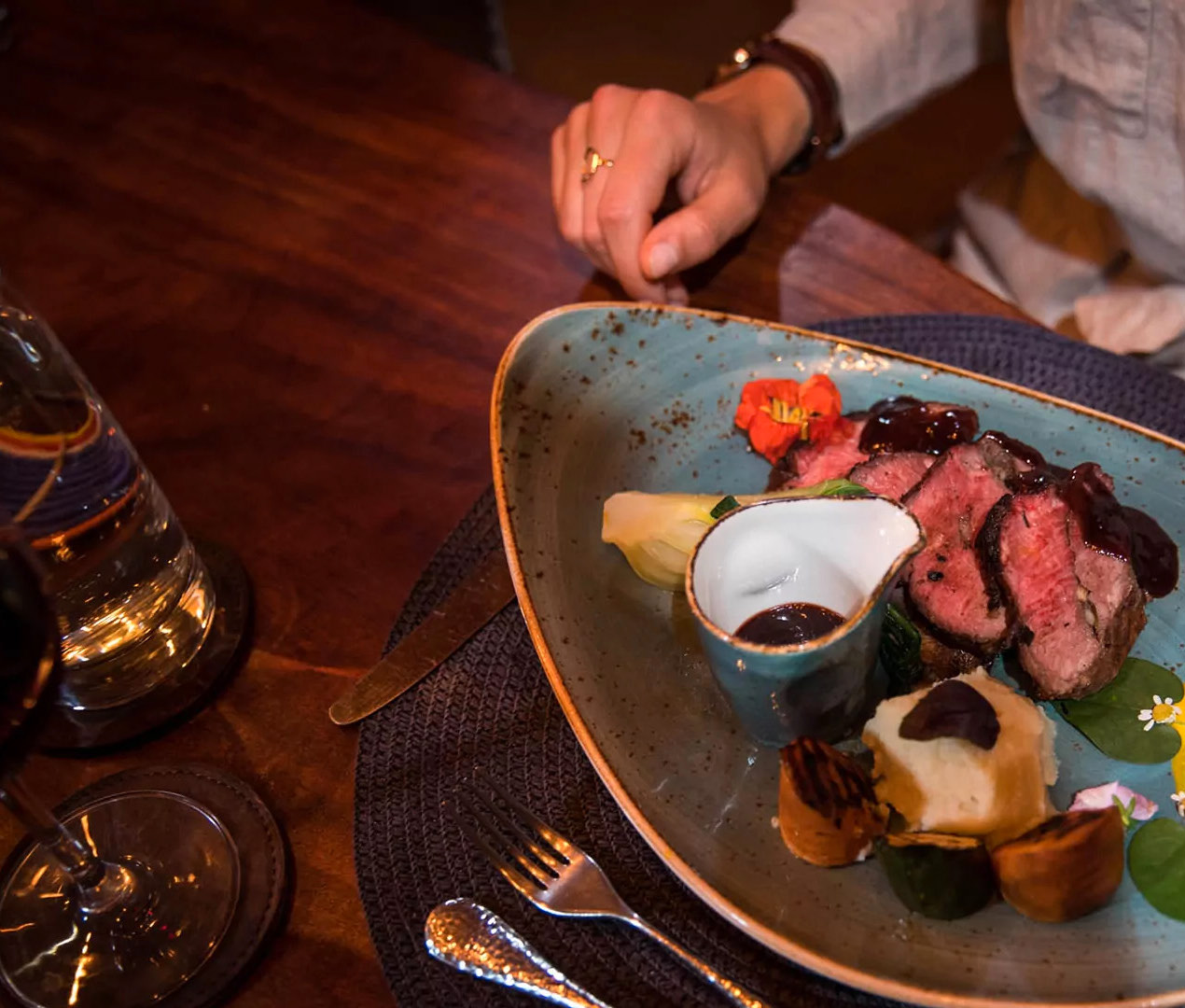If you’re researching Wilderness Safaris alternatives in Kenya & Tanzania, you already know East Africa is a buffet of wildlife, landscapes, and lodge styles and that Wilderness Safaris is one of the big names. But a growing number of operators deliver equally compelling, often more personalized or sustainability-centered experiences. This guide walks you through the best alternatives, what makes each stand out, and why East Africa Wild deserves a close look if you want authentic, sustainable, and tailor-made safaris in Kenya and Tanzania.
Why look beyond Wilderness Safaris?
Wilderness Safaris has a long track record and a wide portfolio of properties across Africa, but “best” depends on your priorities. Maybe you want:
- A smaller, more intimate camp experience.
- Deep local knowledge and bespoke itineraries.
- Operators whose conservation and community programs match your values.
- Lower-impact activities like walking safaris or conservancy-based game drives.
If any of the above matters, exploring alternatives is worth your time — you’ll often get more local immersion, flexible departures, and packages tailored to the rhythm of East Africa, not a global product catalog.
What to look for in a Wilderness Safaris alternative
Before I list operators, here are quick filters that will help you choose:
- Conservation credentials: Do they support anti-poaching, habitat restoration, or local conservancies?
- Community engagement: Are local guides and communities genuinely involved and benefiting?
- Camp scale: Smaller camps (6–12 tents) = quieter wildlife viewing and more personalized service.
- Customization: Can they tailor itineraries for interests like photography, birding, family travel, or off-season migration viewing?
- Transparency on price and inclusions: Are transfers, park fees, and gratuities clear?
These questions will separate cookie-cutter safaris from the ones that feel designed just for you.
Top Wilderness Safaris alternatives in Kenya & Tanzania
Below are operators and what they’re known for — a mix of local specialists and boutique brands that consistently deliver authentic and sustainable East African safaris.
1) East Africa Wild

Why choose them: East Africa Wild focuses on tailor-made safaris across Kenya and Tanzania, blending luxury camps with off-the-beaten-path conservancies. They emphasize local insight (a Kenyan-founded team), small group sizes, and itineraries shaped by conservation and community partnerships. If you want a safari that’s crafted around your interests whether walking with Maasai trackers, a photography-focused Serengeti window into the migration, or a family trip with child-friendly activities East Africa Wild is built for that level of personalization.
Strengths at a glance:
- Tailor-made itineraries and flexible routing.
- Local knowledge and guides sourced regionally.
- Emphasis on low-impact travel and supporting local communities.
2) Gamewatchers Safari
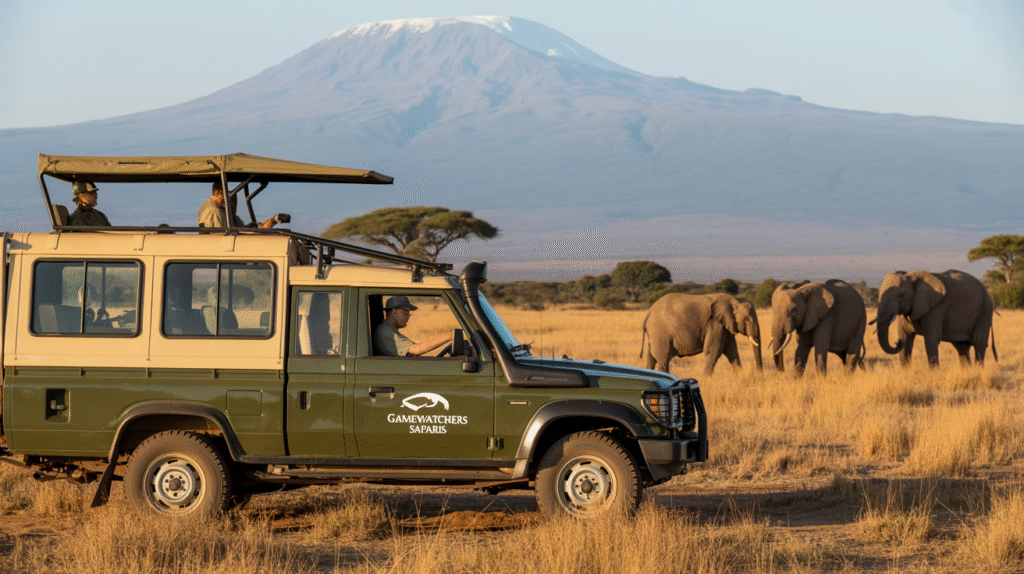
Why choose them: For authentic conservancy experiences in Kenya, Gamewatchers is a veteran. They own and manage the Porini camps, which are small, eco-minded camps inside wildlife conservancies great for intimate game viewing with strong community ties. If you want conservancy-based safaris where tourism dollars directly support local stewardship, they’re a top pick.
3) Asilia Africa
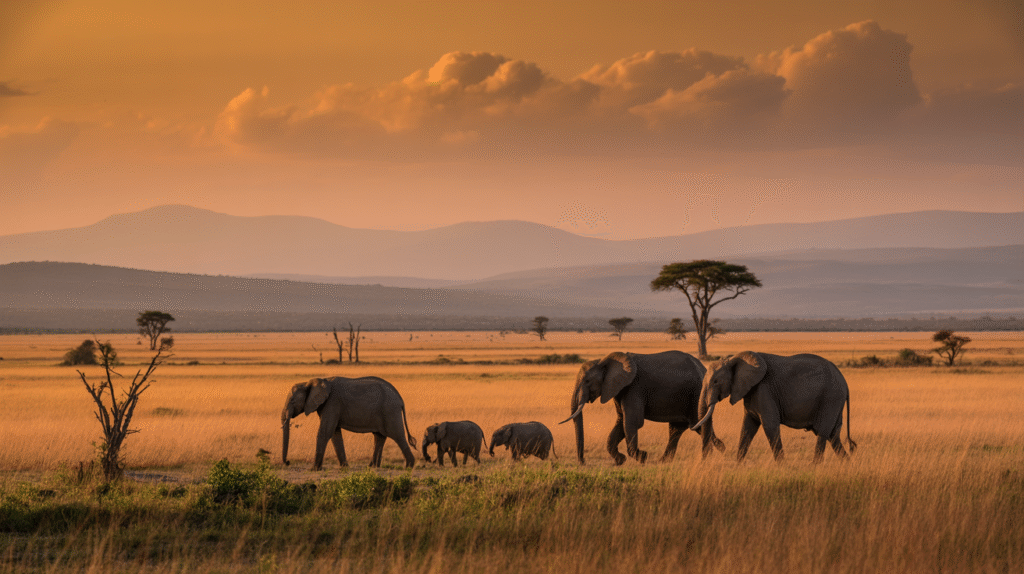
Why choose them: Asilia runs innovative, often mobile camps that follow the great migration in Tanzania and conserve energy through smart design. They’re praised for blending design, comfort, and sustainability ideal if you want high-end camps that demonstrate responsible operations and move with wildlife patterns. CN Traveller has highlighted camps that combine minimal footprint with visitor comfort a model Asilia is known for.
4) Natural Habitat / Nat Hab

Why choose them: If you want deep wildlife interpretation and conservation-focused experiences, Natural Habitat (Nat Hab) specializes in guided, expert-led safaris with strong science-and-conservation content. They’re a great fit for travelers who prioritize learning and ethical wildlife encounters.
5) Smaller local and eco operators

Why choose them: The East African market has many reputable smaller operators and community-run lodges (e.g., conservancy camps, family-run tented camps). These options often excel at personalized service, storytelling, and direct community investment. Look for operators certified or recognized for eco-tourism practices. Several curated lists and eco-travel roundups highlight these operators as sustainable choices.
Comparing experiences: what you actually get
- Wilderness Safaris: Broad portfolio, well-established conservation programs, luxury properties across multiple countries. Best if you want consistent standards across different regions.
- East Africa Wild: Highly personalized itineraries, strong local insight, focus on authentic cultural exchanges and sustainable practices excellent for bespoke trips to Kenya and Tanzania.
- Conservancy-focused operators (Gamewatchers, Porini): Intimate camps inside protected conservancies, superb for close encounters and supporting local landowner.
- Mobile/specialist camps (Asilia, NatHab): Move with wildlife or prioritize expert-led experiences great for migration season or specialist interests.
How East Africa Wild stands out
- Authenticity through local roots: East Africa Wild is founded by people with deep Kenyan experience, which translates into routes and activities that feel locally owned and curated — not a templated international product. That local knowledge makes a difference in timing game drives, sourcing excellent local guides, and arranging cultural visits.
- Sustainable choices embedded in itineraries: Rather than offering sustainability as a marketing add-on, East Africa Wild builds itineraries that minimize footprint — choosing conservancy lodges, engaging community projects, and favoring activities like guided walks and conservancy game drives. This aligns with what many eco-travel roundups recommend for low-impact safaris.
- Personalization and flexibility: From safari pace (relaxed vs. packed), photography-focused vehicles, to family-friendly lodges and private guides, East Africa Wild aims to tailor the trip — helpful for travelers with specific needs (mobility, celebration trips, research interests).
Practical advice for booking an alternative safari
- Ask for conservancy vs. national park options. Conservancies often offer fewer vehicles, closer wildlife sightings, and direct community benefits. Gamewatchers/Porini are a classic conservancy model in Kenya.
- Time your trip around migration windows (if that’s a priority). Mobile or migration-focused camps (e.g., some Asilia offerings) will help you be where the wildlife is.
- Clarify inclusions: domestic flights, park fees, fuel surcharges, and transfers. Small operators may have variable inclusion lists — ask early.
- Check guide credentials and language options. Expert local guides make or break the safari experience.
- Read recent guest reviews, but weigh them against the date. Safari camps can change seasonally (management, tent upgrades, conservation programs), so use recent reviews and direct operator communication.
Sample 7-day East Africa Wild itinerary (example)
Day 1: Arrive Nairobi private transfer, overnight in boutique hotel.
Day 2–3: Masai Mara conservancy two full days of game drives, optional hot-air balloon at dawn.
Day 4: Transfer to Serengeti via charter flight afternoon drive.
Day 5–6: Serengeti guided game drives, walking safari with tracker (if requested).
Day 7: Ngorongoro Crater visit and return to Arusha / fly out.
This is illustrative East Africa Wild customizes routes depending on the season, migration, and your interests (photography, birds, family activities).
Responsible travel checklist for Kenya & Tanzania safaris
- Support operators who employ local guides and invest in community projects.
- Choose lodges that minimize single-use plastics, use renewable energy, and have water management plans.
- Respect wildlife rules — no off-road driving unless authorized; maintain distances.
- Ask how tourism revenue is shared with communities.
- Consider slower travel: fewer locations, longer stays — better for wildlife viewing and lower fuel use.
Voice4Africa and several travel guides list walking safaris, small tented camps, and community-led experiences as top low-impact options — a good starting criterion when comparing operators.
Price expectations (very general)
- Budget to mid-range small camps/conservancy camps: Moderate pricing, often more value for money because of fewer guests and direct conservancy support.
- High-end mobile or private lodges: Premium pricing for exclusivity, migration-tracking, and luxury tented experiences.
- Custom private safaris (East Africa Wild style bespoke trips): Price varies significantly by private guide, charter flights, season, and lodge choices. Always request a full cost breakdown before booking.
FAQs
Q1: Are alternatives to Wilderness Safaris as reputable?
Yes — reputable alternatives include long-established local operators (e.g., Gamewatchers), regional specialists (Asilia, NatHab), and curated local brands like East Africa Wild. Reputation is best checked via recent guest reviews, professional memberships, and conservation transparency.
Q2: Can I combine Kenya and Tanzania in one safari?
Absolutely. Many operators offer combined Masai Mara–Serengeti itineraries via road transfers or light aircraft charters, letting you see both ecosystems in one trip. NatHab and other specialist operators frequently run combined itineraries.
Q3: Is it better to pick a big brand or a small operator?
It depends on priorities. Big brands often ensure consistent standards across locations; small operators usually offer more personalization, local knowledge, and flexible itineraries. If you value authenticity and community impact, look closely at smaller, conservancy-centered operators.
Q4: What months are best for wildlife viewing?
Wildlife viewing is excellent year-round somewhere in East Africa, but the Great Migration peaks vary across the Serengeti/Mara ecosystem (typically mid-year for Mara crossings). Many boutique operators will advise optimum windows for your targets.
Final thoughts
If your goal is an authentic, sustainable, and personalized safari in Kenya & Tanzania, Wilderness Safaris is a strong benchmark — but it’s far from the only good option. Alternatives like East Africa Wild offer significant advantages for travelers who want locally rooted expertise, tailor-made itineraries, and a clear commitment to conservation and communities. Smaller conservancy-based operators (Gamewatchers and Porini camps), mobile high-end camps (Asilia), and specialist, conservation-minded tour companies (NatHab) round out excellent choices depending on your priorities.
Book with an operator that matches your values, asks about the local impact of your stay, and is transparent about what’s included. If you’d like, I can draft a sample personalized itinerary for your travel dates, budget, and interests — focused around East Africa Wild, Gamewatchers, or any mix you prefer.
